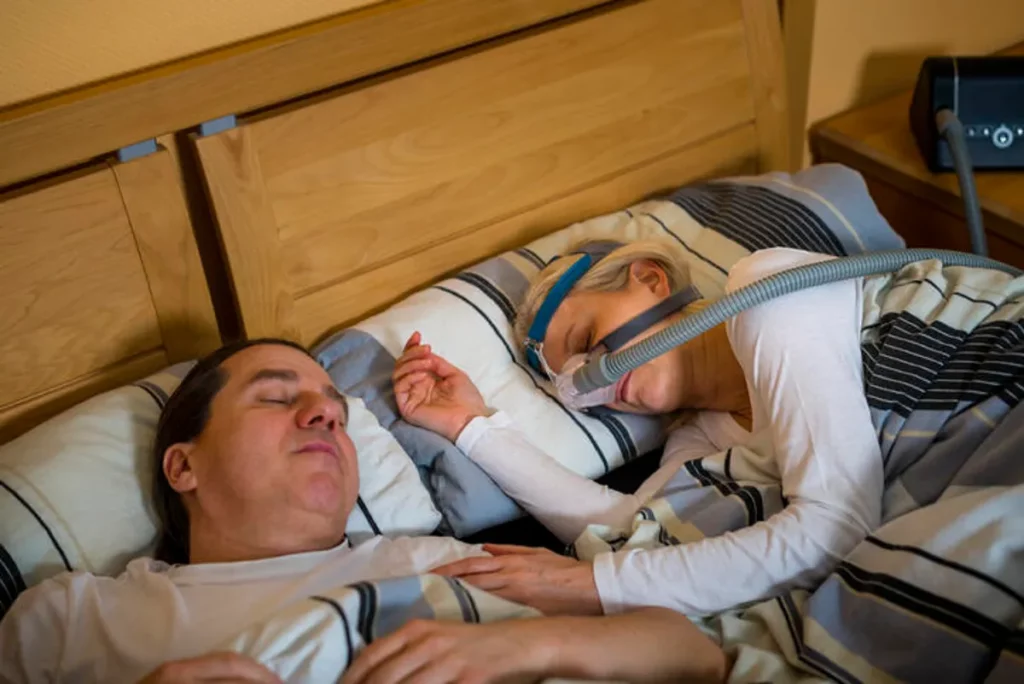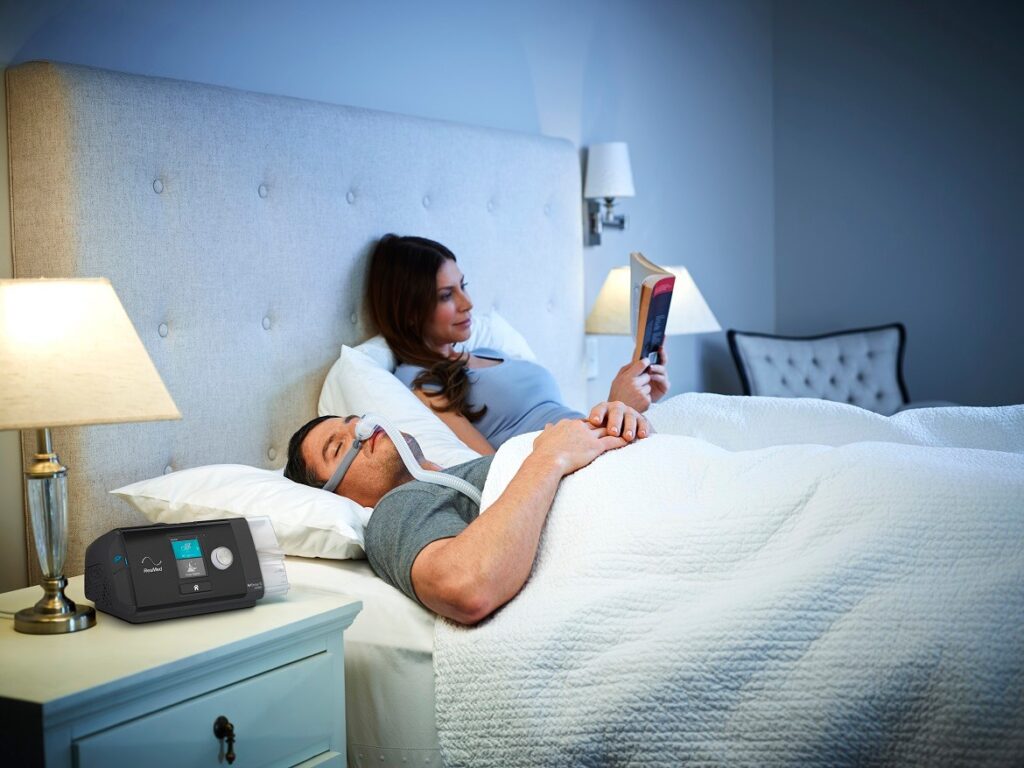Sleep is an essential component of overall health and wellbeing, yet many individuals struggle with sleep disorders that can significantly impact their quality of life. In Melbourne, the advent of home sleep studies has revolutionised the way sleep disorders are diagnosed and managed. This article explores the concept of home sleep studies, their benefits, and how they can be a convenient alternative to traditional sleep lab testing.
Understanding Sleep Disorders
Sleep disorders encompass a variety of conditions that disrupt normal sleep patterns, affecting both physical and mental health. Common disorders include insomnia, sleep apnoea, restless legs syndrome, and narcolepsy. Each of these conditions can lead to a myriad of symptoms, including excessive daytime sleepiness, difficulty concentrating, and mood disturbances. The prevalence of these disorders has been steadily increasing, with studies indicating that a significant portion of the population experiences some form of sleep disruption. This underscores the importance of awareness and education regarding sleep health, as untreated sleep disorders can lead to serious long-term health consequences, including cardiovascular issues and impaired cognitive function.

Home sleep study Melbourne represent a significant advancement in the diagnosis and management of sleep disorders. By allowing individuals to undergo testing in their own space, these studies provide a convenient, cost-effective, and accessible option for those seeking help with sleep-related issues.
The Importance of Diagnosis
Accurate diagnosis of sleep disorders is crucial for effective treatment. Many individuals may not realise they have a sleep disorder until symptoms interfere with daily life. Consulting with a healthcare professional is the first step towards understanding and addressing these issues. A thorough evaluation often includes a detailed sleep history, physical examination, and potentially, a sleep study. Moreover, advancements in technology have led to the development of various diagnostic tools that can aid in identifying specific sleep disorders. For instance, wearable devices that track sleep patterns and provide insights into sleep quality are becoming increasingly popular, offering individuals a preliminary understanding of their sleep health before seeking professional advice.
Traditional Sleep Studies vs Home Sleep Studies
Traditionally, sleep studies, also known as polysomnography, are conducted in specialised sleep laboratories. Patients spend the night in a controlled environment where their sleep patterns are monitored using various sensors. While effective, this method can be inconvenient and intimidating for many, leading to reluctance in seeking help. The atmosphere of a sleep lab, often filled with unfamiliar sounds and bright lights, can inadvertently affect the very sleep that is being studied, thereby skewing results and making it challenging for healthcare providers to obtain an accurate assessment of the patient’s sleep quality.
Read more at: Sleep Testing Melbourne: Clinics and Services Overview
Home sleep studies offer a more comfortable alternative. Patients can undergo testing in their own environment, which can lead to more natural sleep patterns and accurate results. This method allows for the monitoring of sleep without the added stress of being in an unfamiliar setting. Furthermore, home sleep studies typically involve simpler equipment, making them more accessible for patients. They can also be a more cost-effective option, reducing the financial burden associated with traditional sleep studies. As awareness of sleep health continues to grow, the shift towards home-based assessments is likely to become more prevalent, empowering individuals to take charge of their sleep health in a more relaxed and familiar environment.
The Benefits of Home Sleep Studies
Home sleep studies provide numerous advantages that make them an appealing option for individuals seeking to diagnose sleep disorders. These benefits include convenience, cost-effectiveness, and improved patient comfort.
Convenience and Comfort
One of the most significant advantages of home sleep studies is the convenience they offer. Patients can complete the study in their own bed, allowing them to maintain their usual sleep routine. This familiarity can lead to more accurate data as individuals are likely to sleep better in their own environment. Learn more about environment on https://hsa.edu.pk/environmental-health-sciences-and-managment/
Moreover, home sleep studies typically require less preparation than traditional lab studies. Patients can avoid the hassle of travelling to a sleep centre and can complete the study at a time that suits them best, often leading to higher participation rates.
Cost-Effectiveness
Home sleep studies are often more cost-effective than traditional sleep lab studies. The reduced overhead costs associated with running a sleep lab can lead to lower prices for patients. This affordability makes it easier for individuals to seek the help they need without the burden of high medical expenses.
Improved Accessibility
In Melbourne, access to sleep specialists can be limited, particularly in rural or remote areas. Home sleep studies bridge this gap by allowing patients to receive testing without the need for extensive travel. This increased accessibility can lead to earlier diagnosis and treatment of sleep disorders, ultimately improving patient outcomes.
How Home Sleep Studies Work
Understanding the process of a home sleep study can help alleviate any concerns individuals may have about undergoing testing. The procedure is straightforward and designed to be user-friendly.
Preparation for the Study
Before the study, patients will typically receive instructions from their healthcare provider or the sleep study company. This may include guidance on how to prepare for the night, such as avoiding caffeine and alcohol, and maintaining a regular sleep schedule in the days leading up to the test.
Patients will also be provided with a sleep study kit, which includes all necessary equipment, such as sensors, a recording device, and instructions for use. Familiarising oneself with the equipment can help ease any anxiety about the process.
Conducting the Study
On the night of the study, patients will attach the sensors to their body as instructed. These sensors typically monitor various parameters, including heart rate, oxygen levels, and breathing patterns. Once everything is in place, patients can go to sleep as they normally would.
The recording device will capture data throughout the night, which will later be analysed by a sleep specialist. This analysis helps identify any disruptions in sleep patterns, such as apnoeas or other abnormalities.
Post-Study Consultation
After the study is complete, patients will return the equipment, and the data will be reviewed by a qualified sleep physician. A follow-up consultation will be scheduled to discuss the results and potential treatment options. This may include lifestyle changes, the use of continuous positive airway pressure (CPAP) therapy, or other interventions tailored to the individual’s needs. Click here to find more about equipment.
Who Should Consider a Home Sleep Study?
Home sleep studies can be beneficial for a wide range of individuals experiencing sleep-related issues. However, certain groups may particularly benefit from this testing method.

Individuals with Symptoms of Sleep Apnoea
Those who experience symptoms such as loud snoring, gasping for air during sleep, or excessive daytime sleepiness should consider a home sleep study. Sleep apnoea is a common disorder that can have serious health consequences if left untreated. Early diagnosis is key to effective management.
Patients with Anxiety or Sleep Lab Aversion
Individuals who feel anxious about sleeping in a lab environment may find home sleep studies to be a more appealing option. The comfort of one’s own home can significantly reduce anxiety levels, leading to a more accurate representation of sleep patterns.
Busy Professionals
For busy professionals who struggle to find time for medical appointments, home sleep studies offer a flexible solution. The ability to conduct testing at home can help individuals prioritise their health without disrupting their busy schedules.
Limitations of Home Sleep Studies
While home sleep studies offer many benefits, they are not without limitations. Understanding these can help individuals make informed decisions about their sleep health.
Not Suitable for All Conditions
Home sleep studies are primarily designed to diagnose obstructive sleep apnoea and may not be suitable for other sleep disorders such as narcolepsy or parasomnias. In cases where a more comprehensive evaluation is necessary, a traditional sleep lab study may be recommended.
Potential for Inaccurate Results
As with any medical test, there is a possibility of inaccurate results. Factors such as improper sensor placement or disturbances during the night can affect the quality of the data collected. It is essential for patients to follow instructions carefully to minimise these risks.
Conclusion
For anyone experiencing symptoms of a sleep disorder, consulting with a healthcare professional about the possibility of a home sleep study could be a pivotal step towards better sleep and improved overall health. As the understanding of sleep disorders continues to evolve, home sleep studies are likely to play an increasingly important role in the landscape of sleep medicine in Melbourne and beyond.

